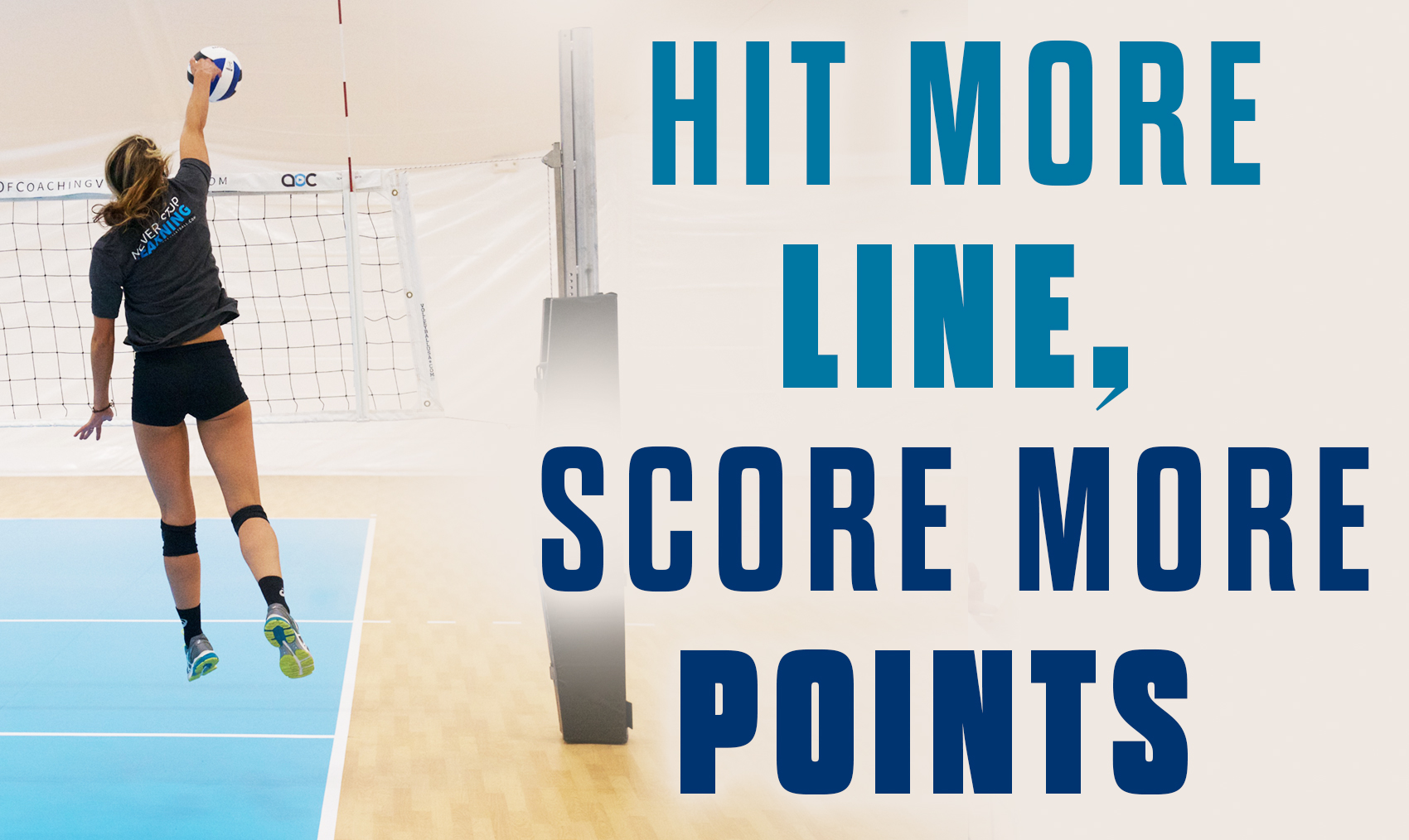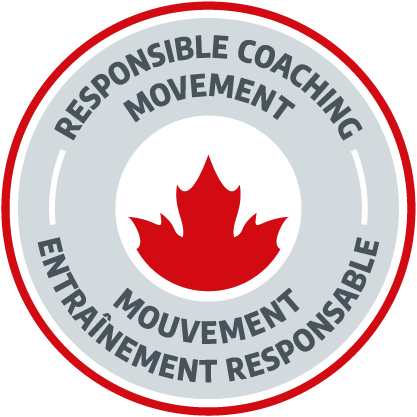Jim Stone – Head Coach at Ohio State University for 27 years / Head Coach USA Girls Youth National Team
May 16, 2022

I spent much of my early coaching days preaching to my athletes to be stopped when passing or defending. As with many of my earlier coaching cues, I’ve reshaped what I value in both serve-receive and defense. In recent years, the increased velocity of the serve and attack places a lot of pressure on the passer/defender. Now I emphasize for the athlete to be balanced as opposed to stopped when receiving a serve or defending. I am not opposed to being stopped when the ball comes directly to the passer; however, in general, the ball at the passer’s midline doesn’t cause problems. What causes the most challenges for a passer is receiving the high-velocity serve requiring passer movement.
I see serve-receive being taught in a rigid, upright posture that inhibits movement. The picture below is emblematic of how the starting posture is seemingly presented to younger players. Actually, truth be told, I’m not sure it is being presented in this fashion, but I sure see a lot of players assume this position.

This posture is not wrong, but it is not conducive to fast, athletic movements required to pass a high velocity serve. I prefer to teach reception to deal with the toughest serves successfully. With that in mind, I like a more loose, athletic posture that allows for fast movement of the platform and body.
I spend significant time in training working with the athletes to be comfortable forearm passing while moving their feet. As long as the passer maintains a quiet upper body and platform, moves with good balance, and finishes to the target, I deemphasize being stopped when they pass. I believe most passing mistakes are made when the focus of the passer is being stopped. The result is the opposite of what I prefer. The feet are stopped, and the platform makes a last second violent and panicked move to the ball instead of the platform being quiet with the feet moving. As previously mentioned, I’m okay with the feet being stopped if the ball is coming directly to the passer.
In the video clip below, you’ll see Lexi Rodriguez, former USA U-18 libero, and Elaina Oglive, the USA outside hitter, moving to the ball in a relaxed fashion, quiet upper body, and the head staying level and continuing to move through the pass.
Both of these outstanding players keep their feet moving while playing the ball. However, the upper body and passing platform are very quiet with all the work being done with the feet. The resulting contact is generally good as long as the passer/defender maintains good balance and posture when moving to the ball. The movement, posture and balance need to coexist. The shuffle step and the crossover step to the ball need to be rehearsed in training. These are situational footwork patterns that the passer/defender needs to master.
The takeaway is to teach the forearm skills to deal with the best serve or attack you’ll be receiving from the opponent. When teaching forearm skills, I like the athlete to be loose, relaxed, with long limbs. Focus on efficient movement with the feet while keeping the head and platform nice and quiet.




